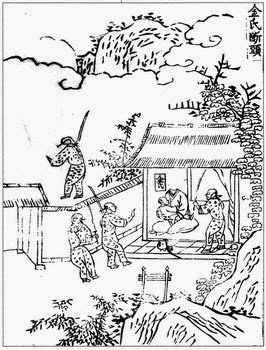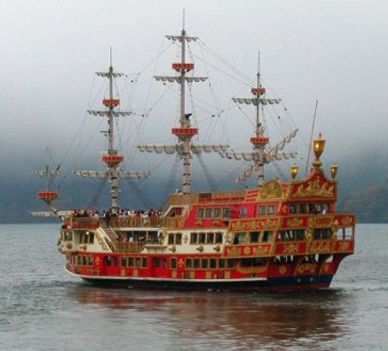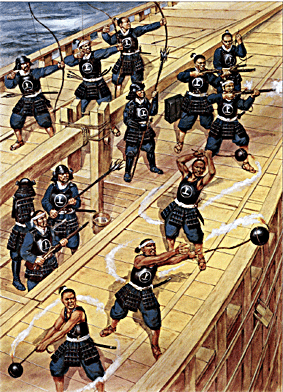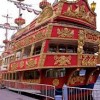Japanese martial arts culture has spread across the globe and nurtured avid followings in the most unlikely corners over the past few decades.
Whether it’s Samurai swords, ninja assassins or good old fashioned Karate, the Japanese are up their at the top when it comes to legendary martial traditions. One lesser known aspect in the west however is the Wokou, or Japanese Pirate.
The Wokou were an important part of life in Coastal Japan for several centuries starting from the 1300’s and only became obsolete when neighboring countries developed strong enough centralized military forces to stand up to them .
 Wokou Invasions
Wokou Invasions
Over the course of their history the primary role of the Wokou shifted somewhat from pillaging and plundering coastal settlements in Japan as well as neighboring China and Korea, to levying various taxes on ships wishing to do trade in and out of Japan.
Basing themselves on the many islands that lie off Japan’s western shores, The Wokou had a mobility that allowed them free reign over the sees as well as unrivaled naval intelligence capabilities.
Japanese Pirate Ships
The wokou made use of several distinct types of ship depending on the mission at hand, ranging from medium sized ships able to carry up to 300 men to smaller, faster boats that would have been used to board other ships on the high seas or carry out reconnaissance patrols.
Levying Taxes on the Inland Sea
At their height, the Wokou were able to board trade ships with impunity and levy a series of elaborate taxes, not too dissimilar to how a modern government would today. First hey would establish check points on the seas, the crossing of which by a trade ship would necessitate payment. In such circumstances the pirates would refer to themselves as Sekimori, loosely translated in modern terms as checkpoint staff or customs!
Hobetsusen, or sailing tax, was another form of taxation whereby ships were taxed according to their size, in addition to a freight tax or Dabetsusan. Finally, to really take the biscuit Uwanoriryo, or protection money was charged. This is where a pirate would sail along with a ship in order to protect it from being attacked by other pirates, who were probably his friends.
Government Approval
Unlike Western pirates who co-existed with well established European naval powers and often found themselves on the run, the Wokou had a free hand as their was nobody above them to regulate their activities. In fact, it was quite common for Wokou to be employed in the service-or at least in alliance with- powerful Japanese feudal Lords.
Japanese lords wanted to export heir goods to neighboring countries to further their economic power. When they were refused entry into these countries, a common punitive action carried out by these lords was to employ Wokou to harass and raid those poeples into capitulation. Eventually, this had the desired effect when in the mid 15th century Korea and China agreed to start allowing Japanese trade ships to enter their lands and trade with them.
Although thought of as Japanese, the actual make up of the Wokou was far more mixed including many Chinese. In fact ,many of the most notorious Wokou are known to be ethnically Chinese








